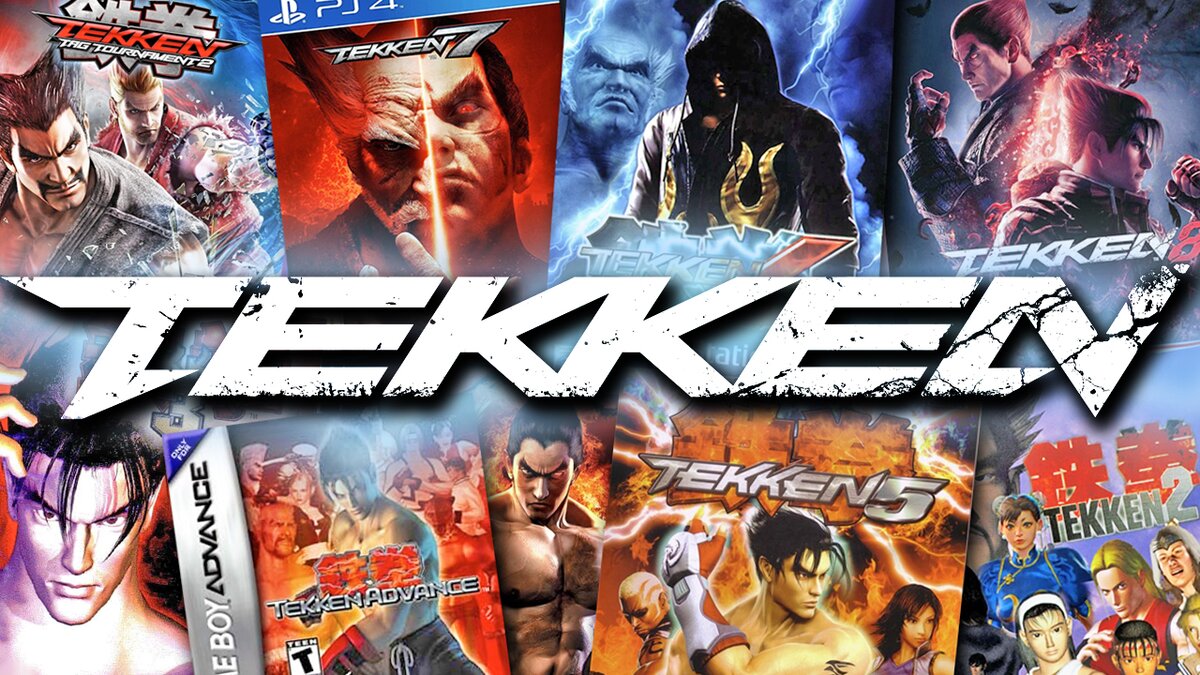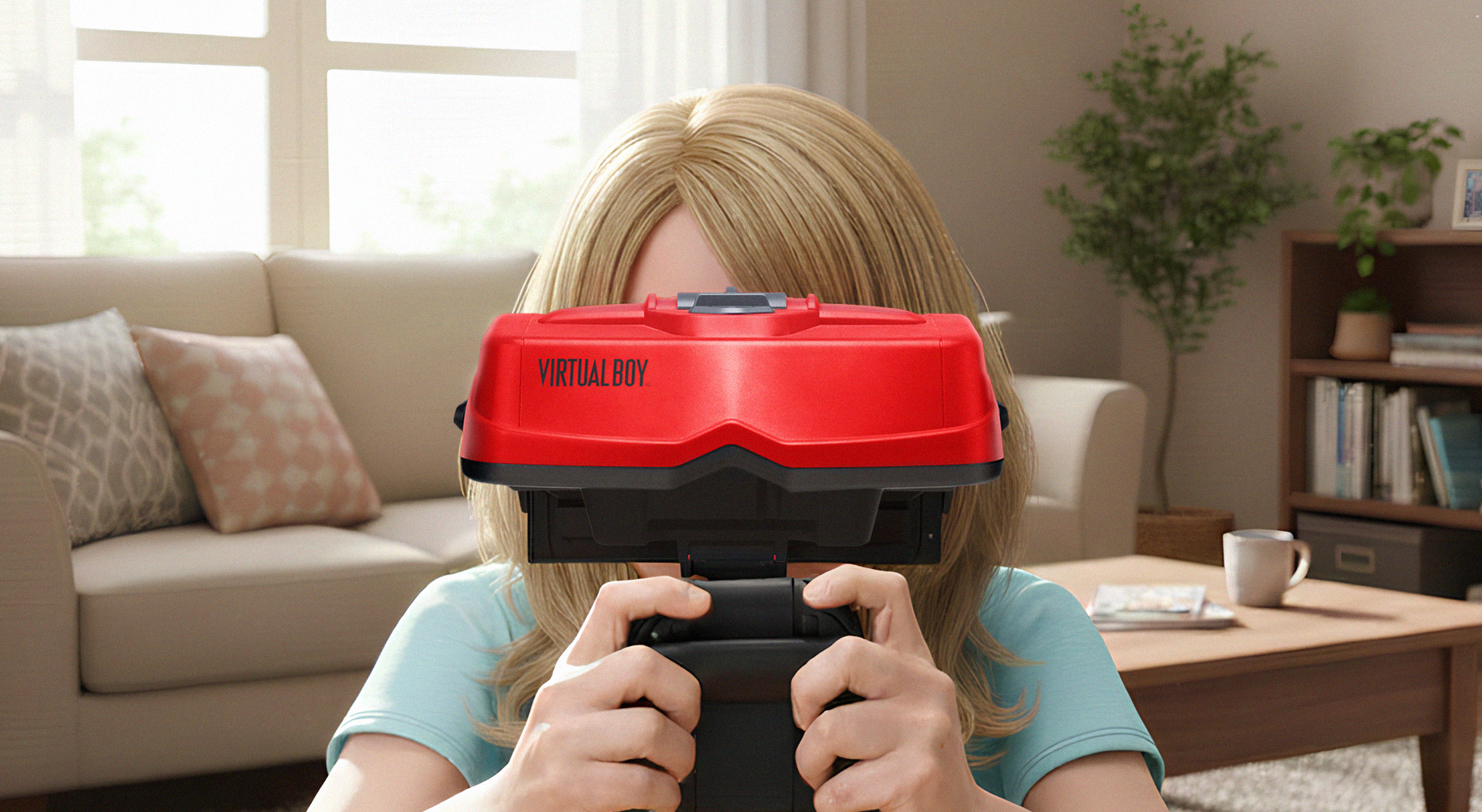For nearly three decades, Tekken has stood as a cornerstone of the fighting game genre. First punching its way into arcades in the mid-1990s, the series has grown into a sprawling saga of martial arts, family feuds, supernatural powers, and unforgettable characters. With its intricate gameplay, cinematic storytelling, and a healthy dose of melodrama, Tekken has carved a unique path that sets it apart from its peers. Let’s take a nostalgic journey through the history of the Tekken series, tracing its evolution title by title and exploring what makes it so enduring.
Mainline Tekken Games – Release Order & Platforms
Tekken (1994)
Original Platform: Arcade (Namco System 11)
Ports: PlayStation (1995), PlayStation 2 (as part of Tekken 5 arcade history), PlayStation 3 (via PS1 Classics)
Notable For: Introducing polygonal characters and the now-iconic Mishima family.
Tekken 2 (1995)
Original Platform: Arcade
Ports: PlayStation (1996), PlayStation 2/3 (via emulation/collections)
Notable For: Deeper storylines, new characters like Lei Wulong and Jun Kazama.
Tekken 3 (1997)
Original Platform: Arcade (Namco System 12)
Ports: PlayStation (1998), PlayStation 2/3 (via collections)
Notable For: Huge graphical leap, faster gameplay, debut of Jin Kazama and Hwoarang.
Tekken Tag Tournament (1999)
Original Platform: Arcade
Ports: PlayStation 2 (2000)
Notable For: Non-canonical tag-based gameplay, served as a celebration of the series.
Tekken 4 (2001)
Original Platform: Arcade (Namco System 246)
Ports: PlayStation 2 (2002)
Notable For: More realistic environments and the introduction of Jin’s antihero arc.
Tekken 5 (2004)
Original Platform: Arcade
Ports: PlayStation 2 (2005), PlayStation 3 (via Dark Resurrection)
Notable For: Return to form after Tekken 4, introduction of customisation.
Tekken 5: Dark Resurrection (2005)
Original Platform: Arcade
Ports: PSP (2006), PlayStation 3 (2007)
Notable For: Balance tweaks, new characters like Lili and Dragunov.
Tekken 6 (2007)
Original Platform: Arcade
Ports: PlayStation 3, Xbox 360, PlayStation Portable (2009)
Notable For: Larger character roster, online play, and destructible stages.
Tekken Tag Tournament 2 (2011)
Original Platform: Arcade
Ports: PlayStation 3, Xbox 360, Wii U (2012)
Notable For: Massive roster, refined tag mechanics, fan service galore.
Tekken 7 (2015)
Original Platform: Arcade (Namco System ES3)
Ports: PlayStation 4, Xbox One, PC (2017)
Notable For: Cinematic story mode, introduction of Akuma (from Street Fighter), and final chapter in the Mishima saga.
Tekken 8 (2024)
Original Platform: PlayStation 5, Xbox Series X/S, PC
Notable For: Unreal Engine 5 graphics, new Heat system, and renewed focus on aggressive gameplay and story depth.
Spin-offs and Special Titles
Tekken Advance (2001) – Game Boy Advance
Death by Degrees (2005) – PlayStation 2 (Nina Williams solo game)
Tekken Hybrid (2011) – PlayStation 3 (Tekken Tag HD, Tekken: Blood Vengeance movie)
Tekken Revolution (2013) – Free-to-play PS3 title with simplified mechanics
Pokkén Tournament (2015) – Wii U, Switch (a spiritual cousin featuring Tekken devs)
What Makes Tekken Unique?
Deep Yet Accessible Gameplay
Unlike the fireball-heavy design of Street Fighter or the brutal gore of Mortal Kombat, Tekken focuses on grounded, hand-to-hand combat rooted in real martial arts. Each limb is mapped to a different button (left/right punch and kick), offering an intuitive system that allows new players to jump in, but with layers of depth and execution mastery for veterans.
A Storyline Like a Soap Opera… with Uppercuts
From Heihachi tossing Kazuya into a volcano to Jin’s battle with his Devil Gene, Tekken’s Mishima family saga is one of gaming’s most melodramatic and enduring storylines. Few other fighting games have dared to take narrative so seriously, culminating in cinematic modes that are now a series staple.
Memorable Characters
From a robotic boxing kangaroo (Roger) to the stoic martial artist (Jin Kazama) and the fan-favourite assassin (Nina Williams), Tekken has always delivered diverse, colourful, and sometimes bizarre characters. And with a globally-inspired cast, players from around the world often find a fighter who represents them.
Evolution Through Generations
Each Tekken game has innovated, whether through graphics, mechanics, or storytelling, without losing sight of its core. It’s managed to maintain a strong competitive scene while still being one of the most fun casual fighting games around.
Looking Back with Gratitude
For many, Tekken wasn’t just a game; it was a ritual at arcades, a bonding experience with siblings, or the reason a whole generation learned to do 10-hit combos. It stood at the intersection of culture and competition, becoming a timeless staple of gaming history.
As we now enjoy Tekken 8 in glorious 4K with online tournaments and evolving storylines, it’s comforting to remember the simpler days of selecting Paul Phoenix and spamming the Phoenix Smasher—or trying to unlock Gon in Tekken 3. Whether you’ve been playing since 1994 or just jumped in, Tekken continues to be a celebration of skill, spectacle, and style.
Would you like a visual timeline or image showing all the main Tekken covers in order?





